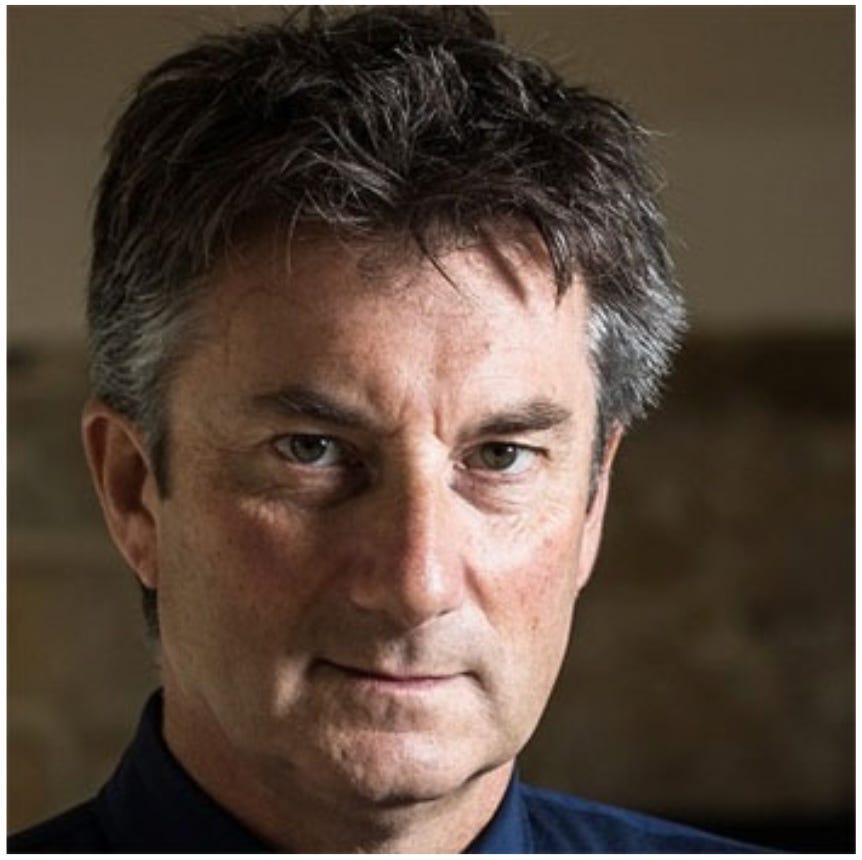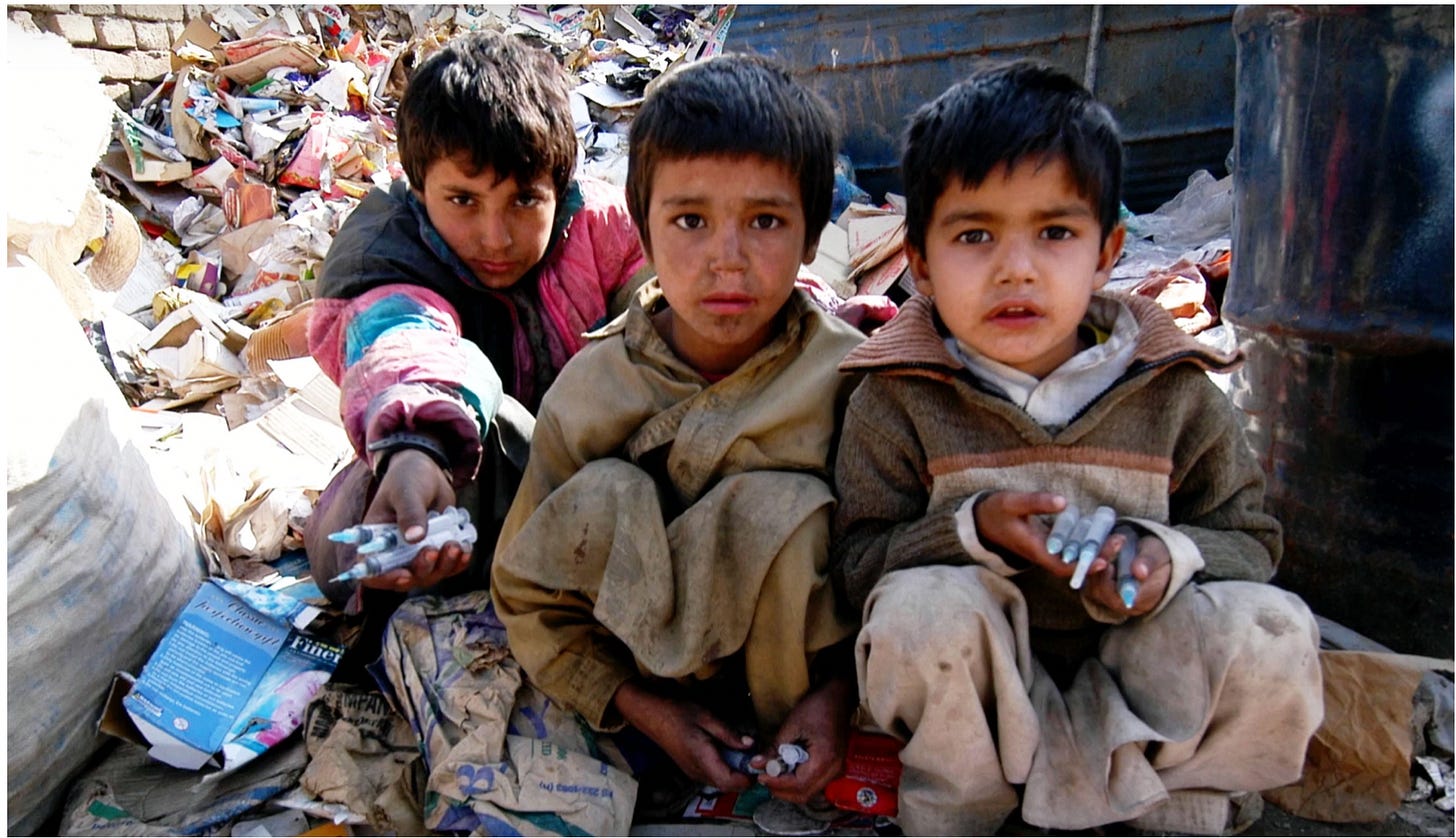Social entrepreneurship allows you to do good whilst being successful financially. That social entrepreneurship combines, at least in theory, the best of the non-profit and the for-profit world, has always intrigued and inspired me.
I use social entrepreneurship here in a broader sense, referring to the hybrid spectrum of organisations that have a dual social/ ecological and commercial objective. The diagram below gives you an overview of the spectrum of hybrid organisations.
In practice, unfortunately, many social enterprises fail to have an impact and fail to generate sufficient profits. From Corporate Social Responsibility (CSR) scams such as the Volkswagen Diesel scandal to failed Microfinance institutions such as PRIDE Zambia – greenwashing, a lack of financial sustainability and mission drift are acute challenges of organisations tending to social and commercial objectives.
Choosing the right organisational structure
Choosing to establish a hybrid organization is thus an especially risky endeavour. In many instances, a classic non-profit or for-profit can be a better option, as they allow for single, undivided focus. An advantage hybrid organizations have over classic non-profits is that they compete in the market, and therefore have quicker and more direct feedback loops. This can enhance their effectiveness by ensuring they are creating something customers truly value. Hyrid organisations are also less dependent on funding, allowing them to work on issues for which there is less/ no funding available. On the flip-side, charities can offer critical goods and services for free, thereby enhancing adoption (e.g., of Malaria bed nets), and provide services for which the market fails (e.g., offering needed public goods). Which organisational structure is best for you will thus be very context dependent.
I was curious to understand how hybrid organisations can do good and do well, i.e., successfully navigate conflicting social and commercial demands to achieve competitive advantages. For my business administration dissertation, I therefore conducted a literature review on this question.
In what follows, I will share some of the insights I gained. I will draw on the incredibly inspiring story of Marc Koska, inventor of the K1 Auto-disable syringe, who saved 10 million lives.

It is 1984. We are in middle of the HIV/AIDS crisis. Marc Koska, aged 23, disoriented about his future, reads an article predicting syringe re-use as the biggest driver of HIV/AIDS infections. He makes it his life goal to stop unsafe syringe use, a practice spreading Hepatitis B, C, and HIV/AIDS, killing 1.3 million people yearly (as of 2007). He spends the next years learning everything he can about syringes and develops the K1, a syringe that automatically locks itself after one use, in 1986. The syringe can be produced at nearly the same cost (1 cent more), using the same equipment, as standard syringes. This allows him to compete in the market of low-income countries. He founds a licensing company, Star Syringe, to collaborate with manufacturers worldwide.
However, Koska quickly realizes that producing the syringe cost-effectively is not enough. For it to be distributed and employed globally, he must change policies and educate the public. He collaborates with governments, ministries of health, healthcare practitioners and even the WHO. He educates the public about the dangers of reusing syringes through his Safepoint Trust founded in 2006. These efforts take time.
We are in 2015 by the time the WHO announces its’ global health initiative for safe syringes. Before, safety measures for syringes were only mandated in the immunization context (which makes up 10% of syringe use). Since 2020, all manufacturers are required to produce auto-disabling syringes. Koska’s 40-year dedication has paid off hugely: His safe syringes have saved 10 million lives to date.
What lessons can we learn from Mark Koska?
I want to highlight six key lessons from Marc’s story, that span idea generation, execution, and verification.
Idea generation
1. Starting with the end in mind: A lot of our impact comes from choosing the right problem to work on. The deaths from unsafe syringe use where double that of malaria. The mission of ending syringe reuse has a clear theory of change, i.e., a clear and unambiguous path to impact. Starting with the end in mind requires us to have a deep understanding of the problem. As Koska said “Solutions are easier when you understand the problem”. This brings me to the second lesson.
2. Having a strong willingness to learn: To understand a problem, we need to spend time learning about it. Koska had no engineering, public health or in fact any university degree when he started working on the issue. Yet, he spent years learning about syringe use, travelled the world to understand syringe administration, and visited syringe manufacturing sites. This way he identified the first key bottleneck to safe syringe use, namely the manufacturing process. Staying open-minded whilst executing his idea enabled him to identify further bottlenecks in healthcare policy and public education.
Idea execution
3. Being resilient: Koska invented the K1 in the mid-80s. It took him only three minutes to design it (at that point he already knew a lot about syringes). But it took him 30 years to bring the issue to the forefront of global health policy. I think two key factors facilitated his immense dedication. Firstly, he had positive feedback that his technology worked. Resilience is a great treat but persisting when things clearly don’t work is a waste of time, money and energy. We should be careful to notice when our resilience turns into stubbornness. Secondly, he understood the scope of the issue. He knew that stopping syringe re-use required more than auto-disabling syringes; it required changing the global syringe manufacturing industry, healthcare practices, and national and global policies on syringe use. As such, he could assess his rate of progress more realistically, sustaining his drive.
Here is a figure of the holistic strategy Koska adopted.
4. Embracing hybrid tensions: A key finding of my dissertation was that hybrid organisations do best when they explicitly acknowledge and embrace, rather than ignore, conflicting demands. This can entail tracking social and financial targets separately and balancing the recruitment of people with social and/ or commercial skills. Koska has extremely strong social and commercial skills (he was able to design a commercially competitive syringe, but his dedication to his mission prevented mission drift). Being aware of hybrid tensions can also lead to smarter organizational design. Overall effectiveness might be enhanced by creating separate legal entities – one that focuses on the (primarily) commercial, and the other on the (primarily) social, objective. I don’t know the reasons for Koska’s organizational design choices, but he created two separate legal entities to realise his mission: Star Syringe, a medical device licensing company founded in 1996, which licenses his technology to 14 global manufacturers. As he only takes 5% royalty on each syringe sold in the developing world, I would see this as a classic social enterprise. Additionally, he founded the Safepoint Trust, which is a classic non-profit created in 2006, aimed at educating the public on safe syringe use.
5. Focusing on collaborative advantages: Koska had to change the entire syringe manufacturing industry. Redesigning markets is a huge task that cannot be done alone. By making his syringe producible with existing manufacturing technology, and leaving local manufacturers the bulk of the profit, he increased manufacturers willingness to engage (though he still faced strong initial reservations). I think his collaborative approach is what separated him from his competitors: Early auto-disposable syringes required new, expensive manufacturing equipment that wasn’t available in low-income countries. As switching to these syringes would hurt local manufacturing industries, they weren’t adopted. That hybrid organisations are at times more successful when focusing on collaborative, rather than competitive, advantages, was the most surprising finding in my dissertation. Trying to expand the pie, rather than getting the biggest piece, thus seems especially important for social entrepreneurs.
Idea verification
6. Importance of measuring impact: The best intentions don’t guarantee good results. As Koska worked closely with manufacturers, governments, healthcare practitioners and patients, he was in a good position to identify potential drawbacks of his technology. Fortunately, these didn’t emerge. The most effective organizations also measure their impact. In the non-profit and social entrepreneurship space, it is especially helpful to quantify the cost-effectiveness of an intervention (bearing in mind that not everything is quantifiable). Koska’s intervention had an incredible cost-effectiveness ration of 1:14. This means that every $1 invested in auto-disposable syringes saves $14 down the line. Additionally, he is credited to have saved 10 million lives, a feat few others in history have achieved.
Summary of key lessons
1) Hybrid organizations have dual social and commercial goals: This can be the best or the worst of both worlds. We should thus critically reflect which organisational type can help us best achieve our entrepreneurial goals.
2) We can all learn from Mark Koska’s inspiring story of how he saved 10 million lives through his development of, and advocacy for, auto-disposable syringes.
3) Six key lessons of Koska’s story include: i) Starting with the end in mind; ii) Having a strong willingness to learn; iii) being resilient; iv) embracing hybrid tensions; v) focusing on collaborative advantages; and vi), measuring impact.
Impact Drive Challenge Winner
Thank you for reading this far. I would like to dedicate this part of the newsletter to the winner of the Impact Drive “Generating an Entrepreneurial idea” challenge.
I want to congratulate Molly Ghinn for winning both parts of the challenge, coming up with the best idea and giving the best feedback, thus winning £500.
Here is the 100-word pitch of her idea
Despite being a significant global issue, the looming threat of antibacterial resistance is being ignored by governments, health care systems, health care professionals (HCPs) and individuals. One of the key bottlenecks to solving this issue is overconsumption of antibiotics, which occurs largely due to unnecessary or incorrect prescriptions, which are written as a result of HCP uncertainty of infection cause. Investing in research to advance and promote use of existing infection diagnostic tests could enable HCPs to select the most appropriate treatment. This diagnostic tool could play a vital role in reducing antibiotic misuse and slowing down antibacterial resistance.
You can find more information on her idea here.
Apply to join the Facebook Group to participate in future challenges and meet fellow Impact Drive Readers. Click the button to join the Facebook group.
Thank you for reading and all the best,
Caroline
Sources and further resources
“Hybrid Spectrum | the Four Lenses Strategic Framework.” Www.4lenses.org, www.4lenses.org/setypology/hybrid_spectrum. Accessed 7 July 2023.
“Marc Koska.” Www.speakerscorner.co.uk, www.speakerscorner.co.uk/keynote-speakers/marc-koska. Accessed 7 July 2023.
“Marc Koska - Inventor of the K1 Disposable Syringe - an Invention That Has Saved Millions of Lives, and Founder of SafePoint. He Received the OBE for His Contribution to Global Healthcare.” Www.performingartistes.co.uk, www.performingartistes.co.uk/artistes/marc-koskaobe. Accessed 7 July 2023.
“Marc Koska - K1 Syringe Inventor, Outstanding Entrepreneur.” Www.speakersassociates.com, 2023, www.speakersassociates.com/speaker/marc-koska/. Accessed 7 July 2023.
“Marc Koska | Ashoka | Everyone a Changemaker.” Www.ashoka.org, 2017, www.ashoka.org/en-gb/fellow/marc-koska. Accessed 7 July 2023.
Safe syringes could avert 1.3 million deaths. (2007, October 23). NBC News. https://www.nbcnews.com/id/wbna21433959
“Safepoint – Welcome.” SafePoint, www.safepointglobal.org. Accessed 7 July 2023.
“Star Syringe - K4 Safety Needle Cap.” Www.starsyringe.com, www.starsyringe.com. Accessed 7 July 2023.
TEDMED. “Exposing a Breaking Point in the Global Chain of Infection.” YouTube, 30 Apr. 2015, www.youtube.com/watch?v=TeJYj0eGhko. Accessed 7 July 2023.







